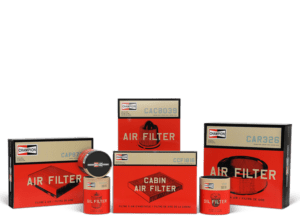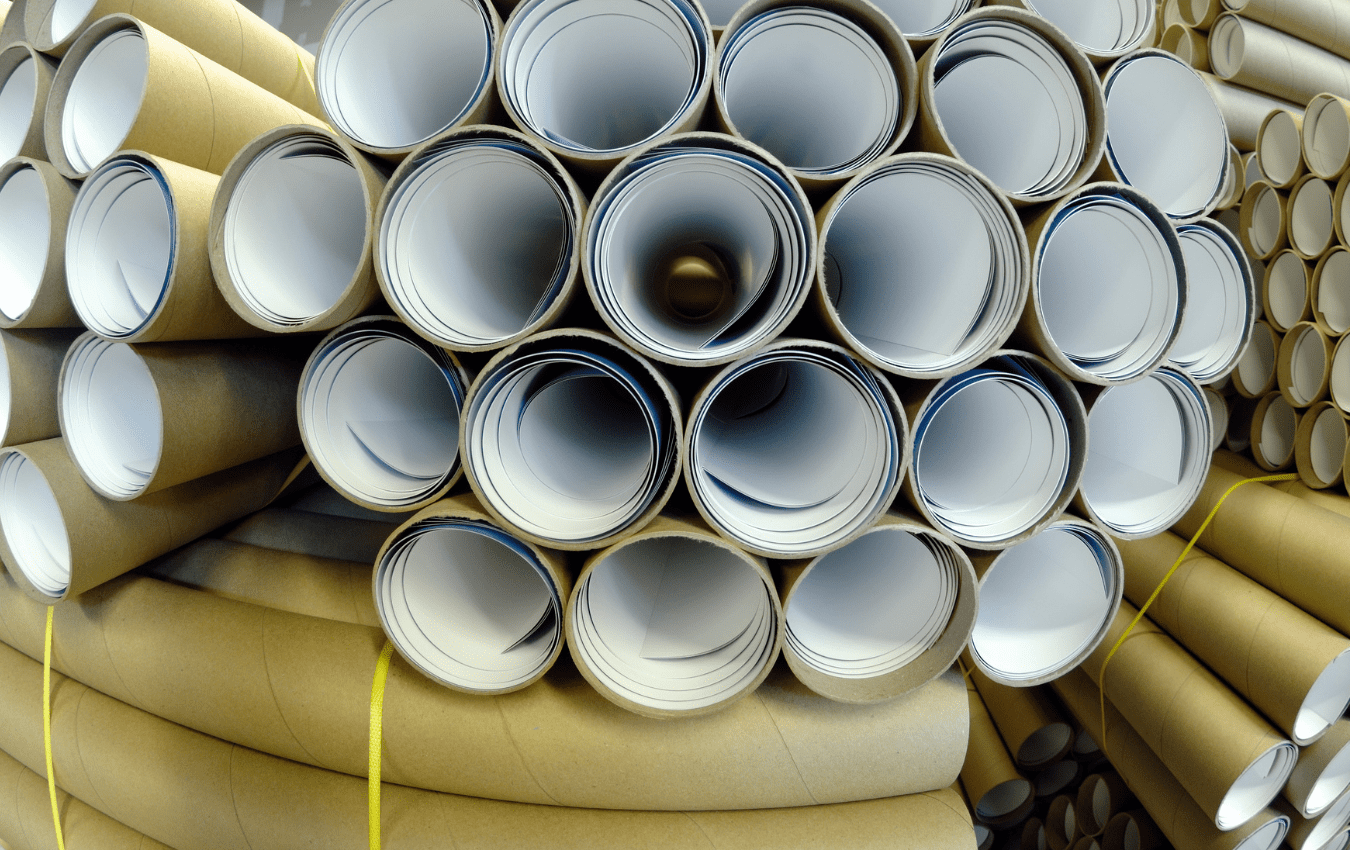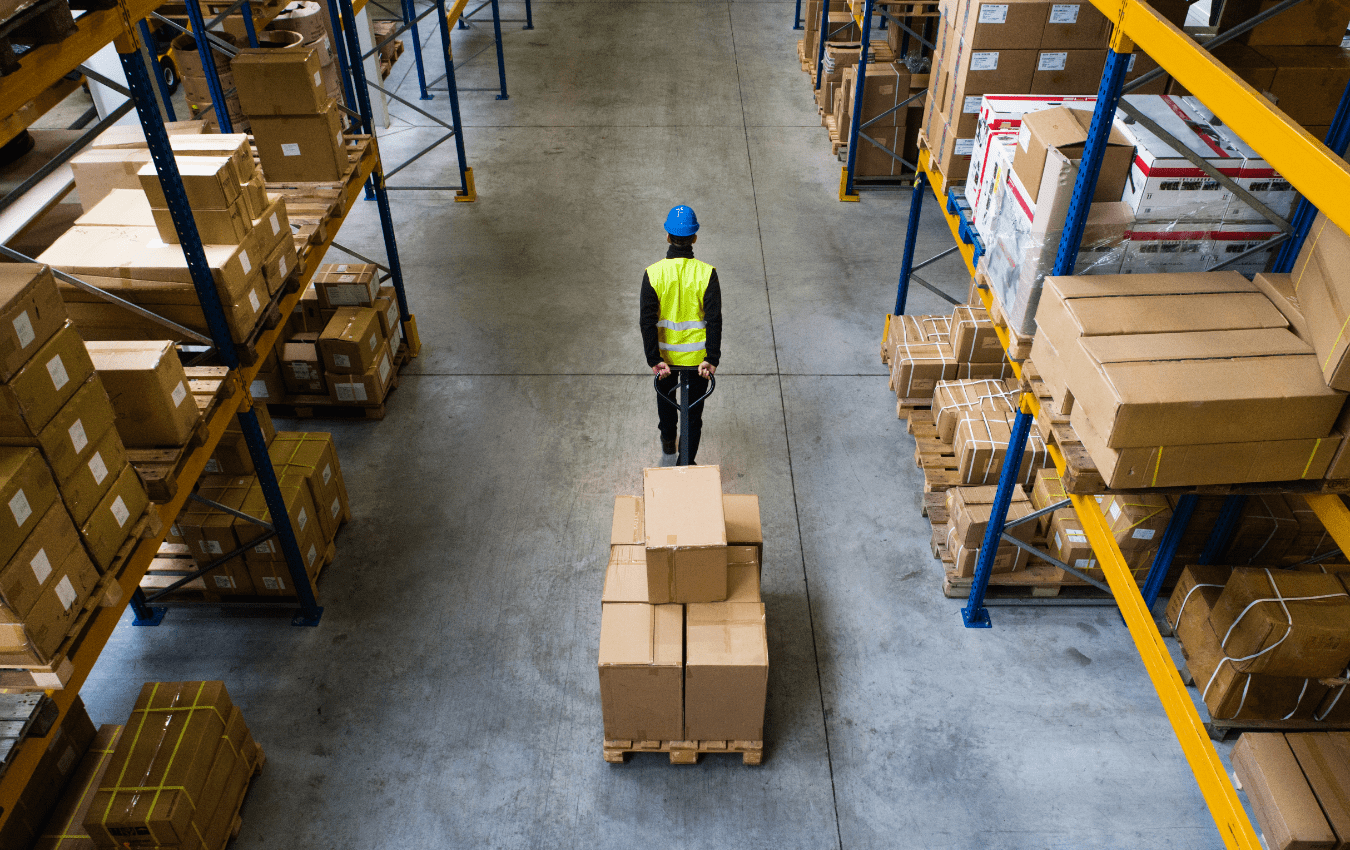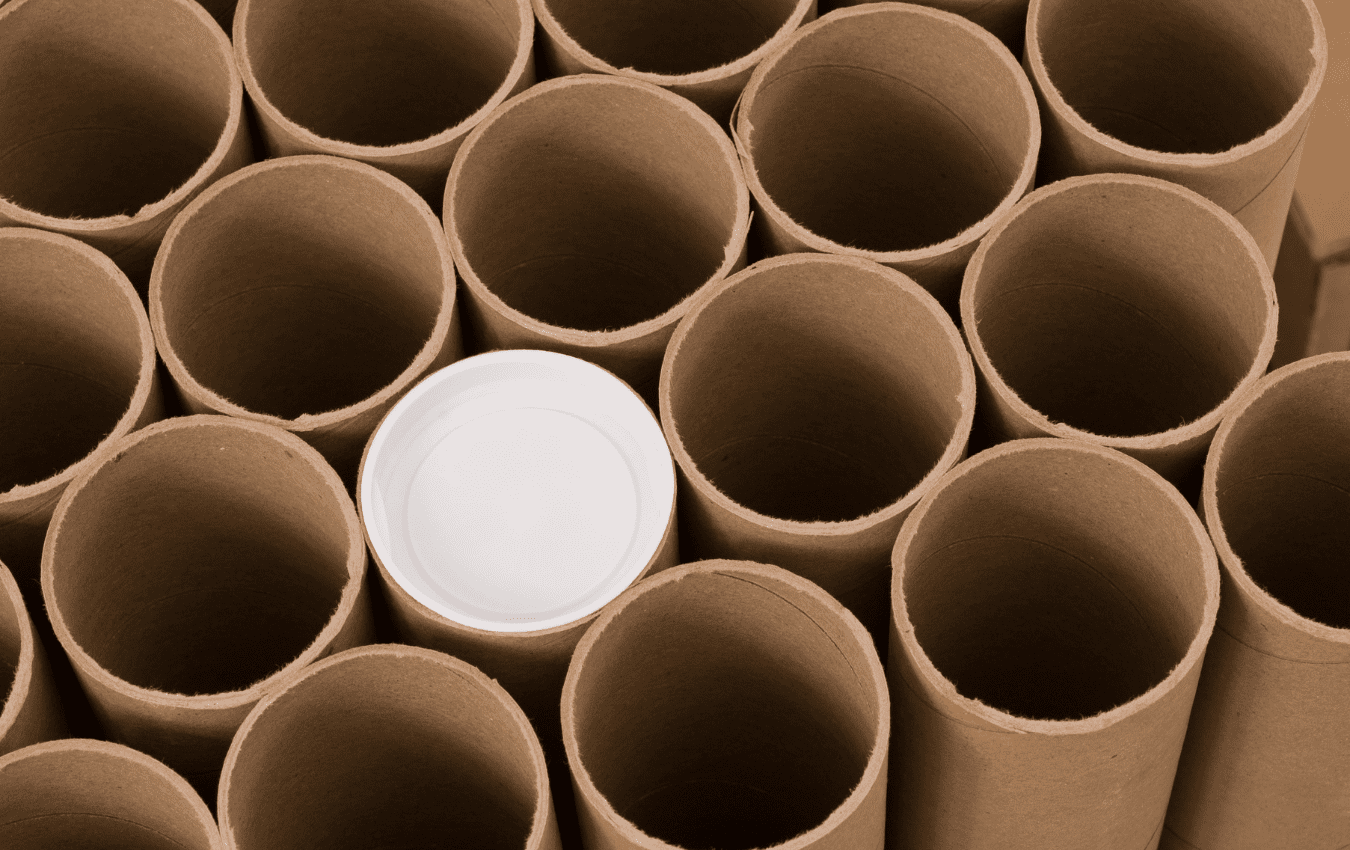Home » Navigating Tariffs in Auto Parts Packaging
Navigating Tariffs in Auto Parts Packaging
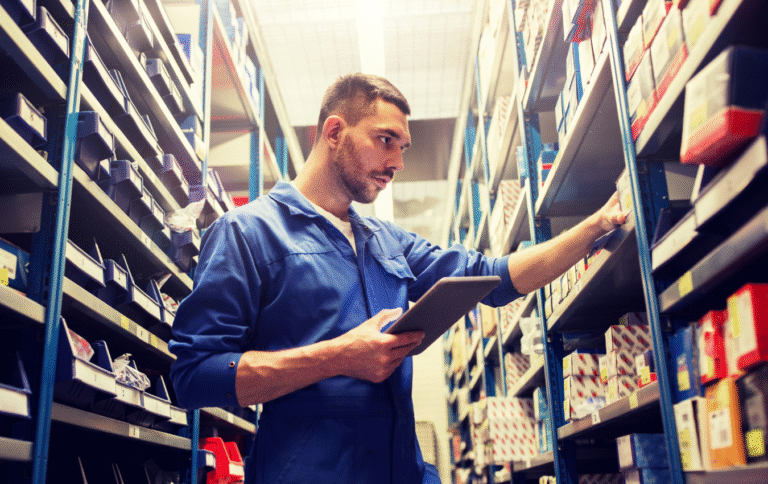
If you’re in the auto parts industry, you already know how critical packaging is—not just for protection during transit, but for branding, compliance, and supply chain efficiency. However, the growing complexity of tariffs on imported packaging materials and components is making sourcing decisions more difficult, especially for brands relying on overseas manufacturing.
From corrugated shipping boxes and inserts to folding cartons and protective packaging, tariffs are directly impacting the cost, availability, and lead times of the packaging used to transport and present auto parts.
Here’s how to stay ahead and make smarter packaging decisions in today’s evolving trade environment.
Know What Packaging Is Affected by Tariffs
Auto parts packaging often includes a mix of:
- Corrugated shippers and printed cartons
- Folding cartons or sleeves for retail-ready parts
- Foam inserts, chipboard dividers, or trays
- Protective wraps, bags, and films
- Labels, tags, and branded decals
Many of these components—especially when sourced from China, India, or Southeast Asia—are now subject to high tariffs, depending on their classification and country of origin. These added fees can significantly increase your cost per unit, particularly for bulk orders or large-scale production runs.
Fluctuating Freight Costs Compound the Issue
On top of tariffs, the auto industry continues to deal with:
- Continuously changing ocean freight and container pricing
- Port congestion and customs delays
- Limited visibility into landed costs
This makes it harder to plan packaging lead times or accurately forecast costs—especially when launching new SKUs or scaling a program.
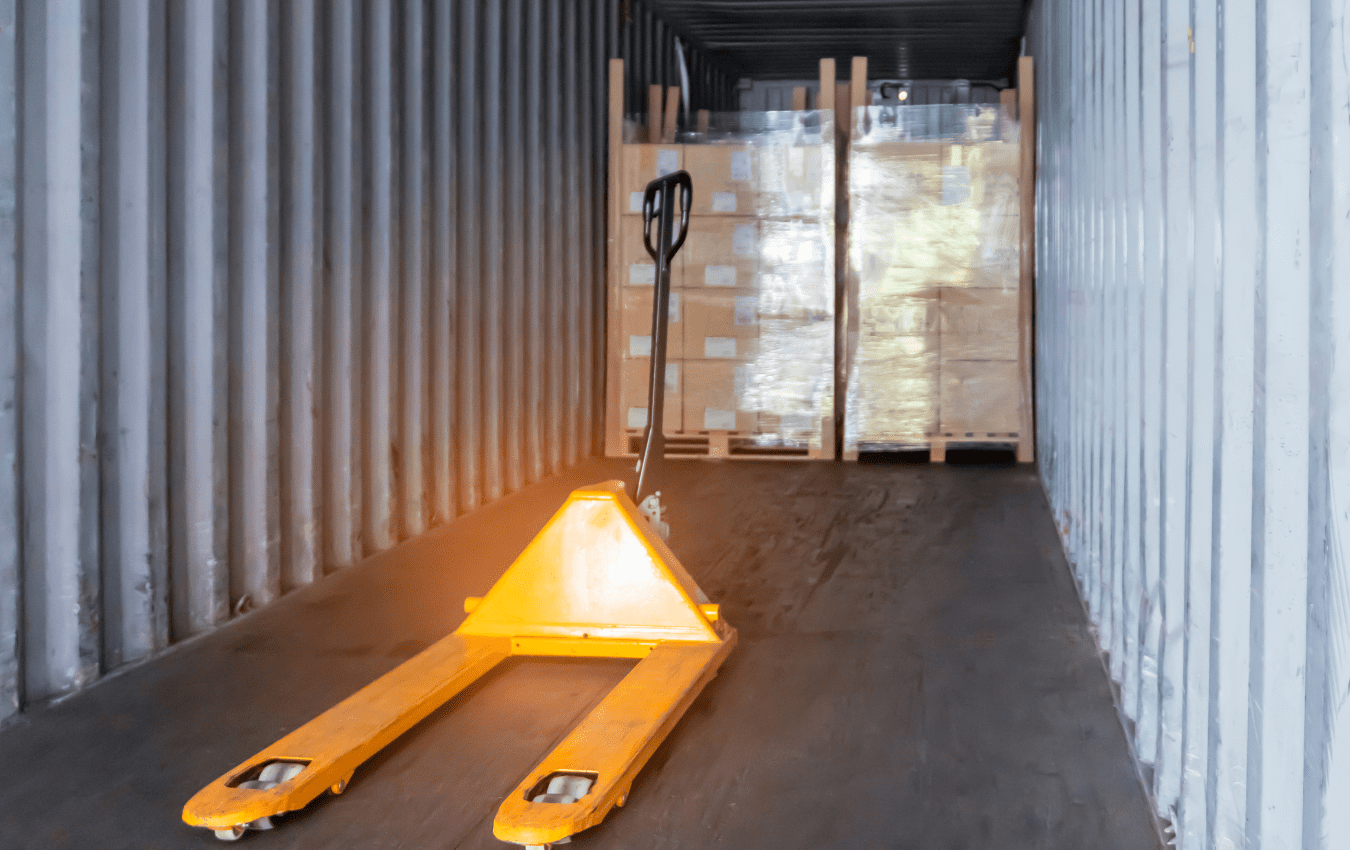
When Overseas Sourcing No Longer Saves Money
In the past, sourcing packaging overseas often meant lower unit pricing—but with current tariffs, lead times, and logistics risks, the total landed cost is often higher than working with a domestic supplier.
Once you add:
- Duty fees
- Shipping and handling costs
- Lost time due to delays or damage
- Communication and compliance issues
…it becomes clear that a local packaging partner may offer a more cost-effective and stable long-term solution.
Domestic Sourcing Offers Key Advantages
Many auto parts brands are now working with U.S.-based packaging suppliers to gain:
- Faster turnaround times
- Tighter quality control
- Improved material sourcing transparency
- Support with packaging engineering and testing
Especially for heavy or irregular-shaped components like rotors, pumps, or suspension parts, working with a packaging expert who understands structural performance can reduce breakage, returns, and excess material use—further offsetting cost.
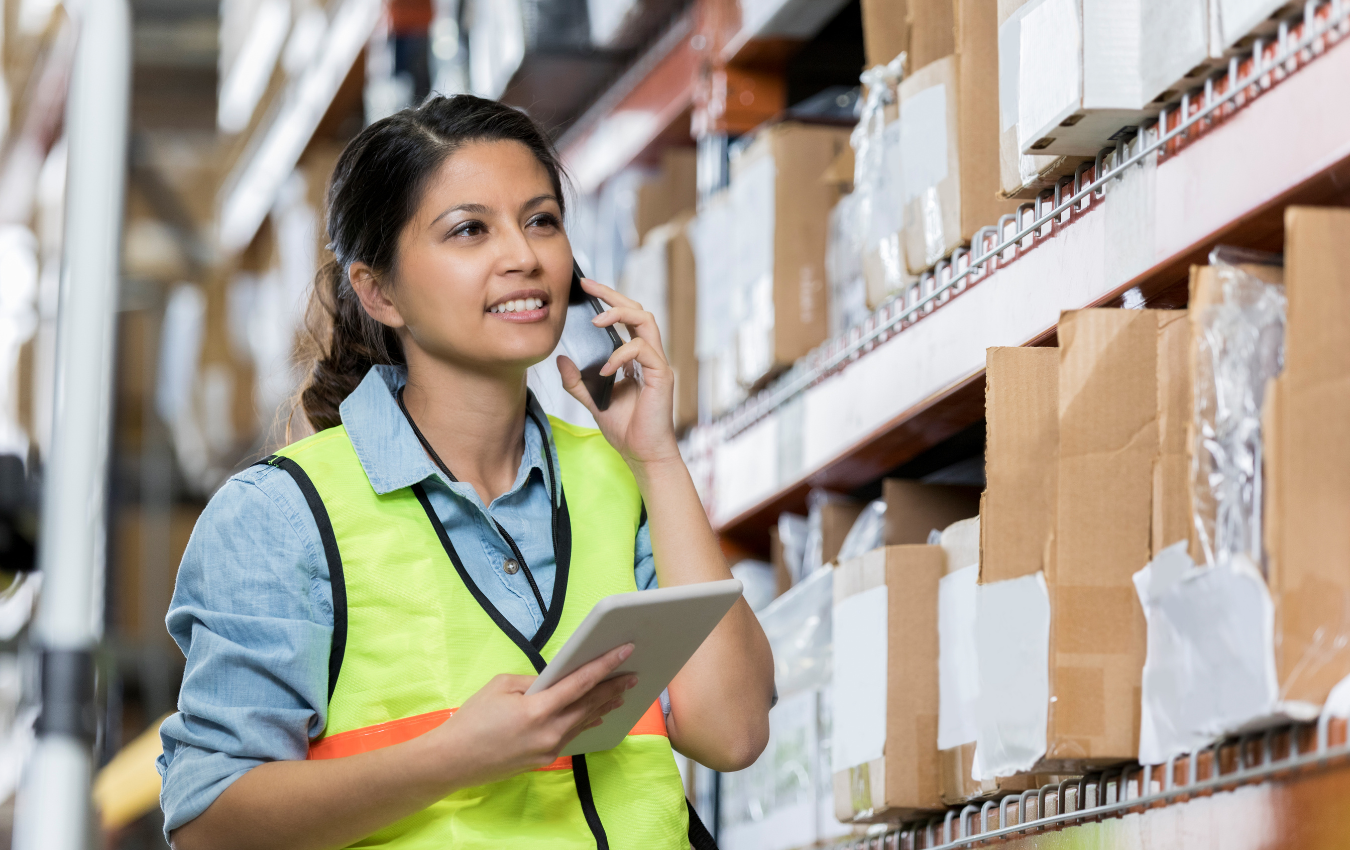
Reevaluate Your Packaging Design for Cost Efficiency
One of the best ways to absorb tariff impacts is by optimizing your packaging design. A packaging engineer can help:
- Consolidate SKUs or standardize sizes
- Swap materials to avoid tariffed substrates
- Reduce waste with better fitting inserts or right-sized boxes
- Design for automated fulfillment or improved warehouse efficiency
In many cases, these changes improve durability and lower overall packaging spend—without compromising performance or protection.
Final Thoughts
Tariffs may be out of your control—but how you respond to them isn’t. By understanding your true packaging supply chain, evaluating local alternatives, and working with a proactive partner, you can keep your auto parts protected and your packaging program profitable.
Need help navigating tariffs or optimizing your auto parts packaging?
We’ll help you design smarter, source more efficiently, and protect your products with confidence—wherever they’re going.
Moisture resistance and dimensional stability are critical performance factors for custom inserts, especially when products are shipped or stored in variable climates. Both foam and corrugated materials react differently to
Sustainability in pet food packaging is not just about recyclability—it’s about reducing environmental impact across the entire lifecycle. For products with high barrier needs like dry kibble, wet food, and
Retailers place strict requirements on packaging to ensure products move efficiently through distribution centers, arrive safely, and look consistent on shelves. Non-compliance can lead to costly chargebacks, rejected shipments, and
RSC boxes dominate shipping because they combine strength with efficiency. But beyond protection, their dimensions and stacking performance directly influence freight cost, pallet utilization, and warehouse efficiency. Choosing the right
Home » Navigating Tariffs in Auto Parts Packaging


